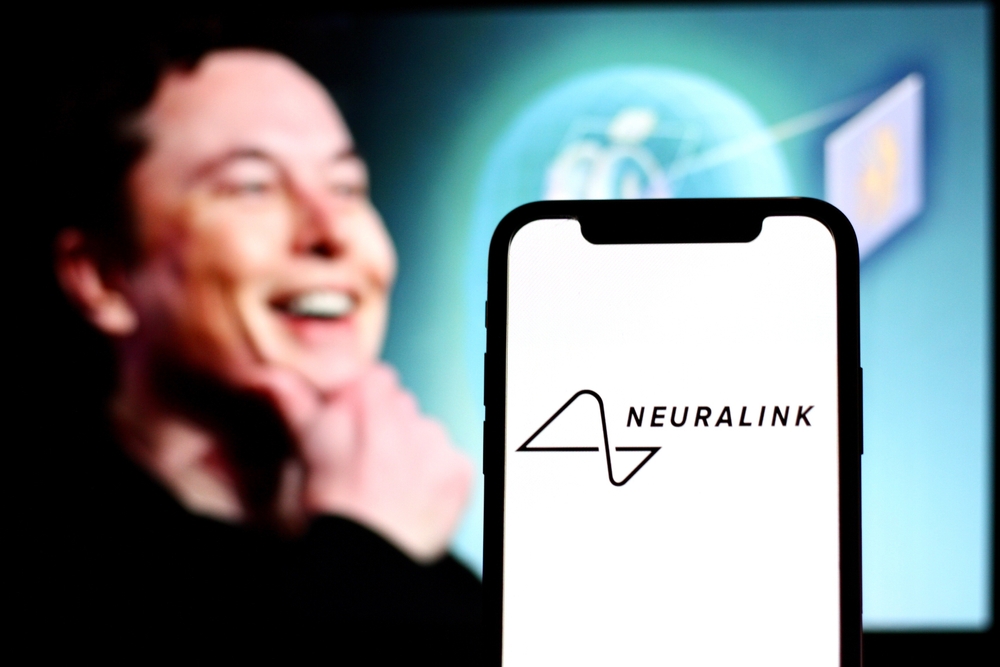Elon Musk’s Neuralink has taken a groundbreaking step in its mission to connect the human brain to computers, successfully implanting a device in the brain of a second volunteer. This latest patient, who suffers from a spinal cord injury, received the neural interface designed to enable communication with digital devices purely through thought. According to a statement released by Musk and reported by Reuters on August 4, the technology holds tremendous potential to assist paralyzed individuals.
The Power of Thought-Controlled Devices
The Neuralink chip is embedded with 400 electrodes, though the company reports that their full-scale chip can operate with 1,024 electrodes. The chip functions by using a capsule-like receiver that sits behind the ear, much like a hearing aid. From this receiver, thread-like electrodes extend directly into the brain, allowing for seamless interaction between neurons and digital platforms. In total, up to 1,500 electrodes—each four times thinner than a human hair—are used in the process, with a 4×4 mm processor capable of handling data from 10,000 electrodes.
Previous Challenges and a Vision for the Future
The first instance of this chip being implanted occurred in January 2024 in a man who had been paralyzed due to a diving accident. He demonstrated remarkable abilities, including playing video games, using social media, and navigating the Internet, all through his thoughts. However, the early device faced challenges, with some electrodes shifting and ceasing to function properly. This led to the decision to refine the technology and place the chip deeper within the motor cortex in subsequent trials, including the second patient.
Next Steps in Neuralink’s Ambitious Plan
By the end of 2024, Neuralink aims to implant its brain chips in 10 volunteers, while also seeking approval to conduct trials in Canada and the UK. As the company pushes the boundaries of human-computer interaction, it continues to garner attention for its potential to revolutionize how paralyzed individuals regain control over digital communication and interaction.
For more details, visit the original source here.
